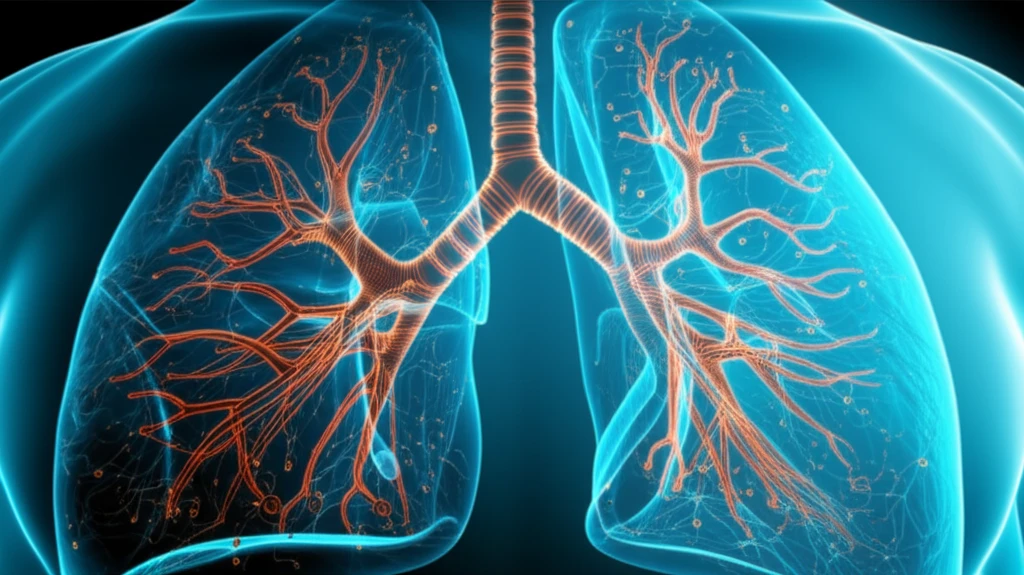
Erlotinib and Lung Cancer: Is This Targeted Therapy Right for You?
"Explore the potential benefits and risks of adding Erlotinib to thoracic radiotherapy for locally advanced non-small-cell lung cancer (NSCLC). Learn about the latest research findings and what they mean for patients."
Lung cancer, particularly non-small cell lung cancer (NSCLC), remains a significant health challenge worldwide. While treatments like chemotherapy and radiotherapy have improved survival rates, they often come with harsh side effects. Researchers are constantly exploring new ways to target the disease more effectively, and one such approach involves the use of targeted therapies like Erlotinib.
Erlotinib is a medication that inhibits the tyrosine kinase activity of the epidermal growth factor receptor (EGFR), a protein involved in cell growth and division. By blocking this protein, Erlotinib aims to slow down or stop the growth of cancer cells. It's already approved for use in some advanced NSCLC cases, but what happens when it's combined with radiotherapy? That's the question a recent Phase II trial sought to answer.
This article dives into the findings of that trial, examining the feasibility, tolerability, and efficacy of adding Erlotinib to standard thoracic radiotherapy for patients with locally advanced unresectable NSCLC. We'll break down the key results, discuss the potential benefits and risks, and explore what this means for the future of lung cancer treatment.
What Does the Research Say About Erlotinib and Radiotherapy?

The Phase II trial, conducted across multiple centers in Spain, involved 90 patients with unresectable or locally advanced NSCLC. These patients weren't suitable for standard chemotherapy. The study randomly assigned participants to two groups: one receiving standard three-dimensional conformal thoracic radiotherapy (the control arm), and the other receiving the same radiotherapy plus Erlotinib (the experimental arm).
- Adverse events (side effects)
- Progression-free survival (PFS): How long patients lived without their cancer progressing
- Overall survival (OS): How long patients lived overall
- Cancer-specific survival (CSS): How long patients lived specifically from lung cancer
- Objective response rate (ORR): The percentage of patients whose tumors shrank or disappeared
The Future of Erlotinib in Lung Cancer Treatment
While this study suggests a limited benefit from combining Erlotinib with radiotherapy in unselected patients, it also highlights the importance of personalized medicine. Identifying biomarkers to predict which patients are most likely to respond to Erlotinib is a crucial next step. Further research is needed to explore the potential of Erlotinib in combination with radiotherapy, particularly in patients with specific EGFR mutations or other predictive markers. Ultimately, the goal is to develop treatment strategies that maximize effectiveness while minimizing side effects, improving the lives of those affected by lung cancer.
